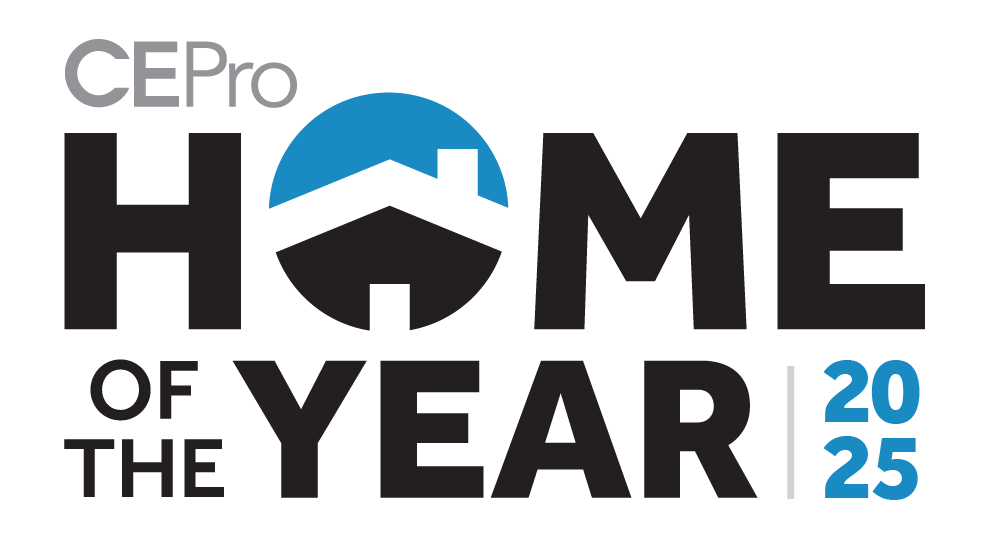Designing outdoor technology for environments that are both demanding and delicate requires a careful balance between innovation and impact – and the two are impossible to separate. It’s imperative to protect products during shipping, but with innovation and sustainability as a priority, it’s possible to design environmental packaging that can not only protect products, but the outdoor spaces they’re placed in, eliminating excessive waste from twist ties, plastic bags, and bubble wrap.
The Environmental (and Business) Cost of Excess Packaging
According to the United Nations Environment Program, the packaging industry is responsible for nearly 40% of all plastic produced around the world. The World Economic Forum estimates that there could be more plastic in the ocean than fish by weight by 2050 – an alarming projection that adds a new level of urgency and importance to everyday design decisions.
In communities where high-end outdoor audio and lighting systems are installed, the plastic problem becomes even more visible.
Products often are packaged as bags within bags, foam-wrapped in bubble wrap, and with zip ties holding every loose cable. High winds, unpredictable weather, and shoreline proximity mean discarded packaging can often end up in the water. In addition to harming the environment, chasing down and fishing waste out of the water also adds delays and headaches to projects.
Beyond being an environmental issue, however, excess packaging can also be costly to business. In speaking with our dealer network, we found that were plenty of frustrations with the way product packaging was being done.
The amount of waste produced from various packaging on their installations was slowing down projects and costing time and money – requiring visits to dumpsters and constant trash pick-up.
Shifting from Excess to Innovation in Packaging Standards
For our part at Coastal Source, we started addressing this issue by evaluating how we handled packaging layer by layer. Taking a look at our EVO line in particular, we shifted toward a system that used recycled cardboard inserts, paper-based envelopes instead of plastic bags and cotton muslin for protective wrapping.
Throughout the process we endured several rounds of packaging designs and material studies. We even underwent wear and vibration testing to ensure our products would be well protected after making the transition to recyclable materials. By rethinking our packaging from the ground up on just the EVO series, we were able to create materials that effectively protect our products while still limiting waste.
As we shift to muslin bags instead of bubble wrap, we’re also finding that the increase in cost to produce this packaging is nominal, while the environmental benefits and dealer satisfaction are much greater.
Homeowners invest time and money into transforming their outdoor spaces—it’s our responsibility as manufacturers, then, to match that commitment with products that deliver exceptional performance at every touchpoint.
From our point of view, responsible packaging and manufacturing processes have become integral, and we’re committed to deepening that across all of our products. Still, many challenges face our industry.
As we continue working with vendors to refine our approach, it’s clear that standardization across packaging lines is complex, but, while we’re aiming to replace twist ties and phase out plastic bags wherever possible, we know these steps each take us closer to the environmental standard that we know is possible.
As Creative Director at Coastal Source, Val Kugler blends art and technology to shape a powerful, cohesive visual identity that reflects the brand at every level. She ensures every design, detail, and deliverable works in harmony to make a lasting impact. Her creative passion shines behind the lens, where she captures the striking beauty and performance of Coastal Source installations through bold, high-end photography.







